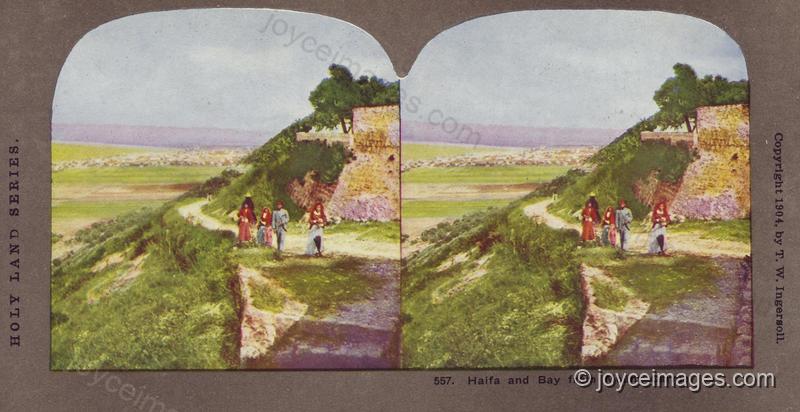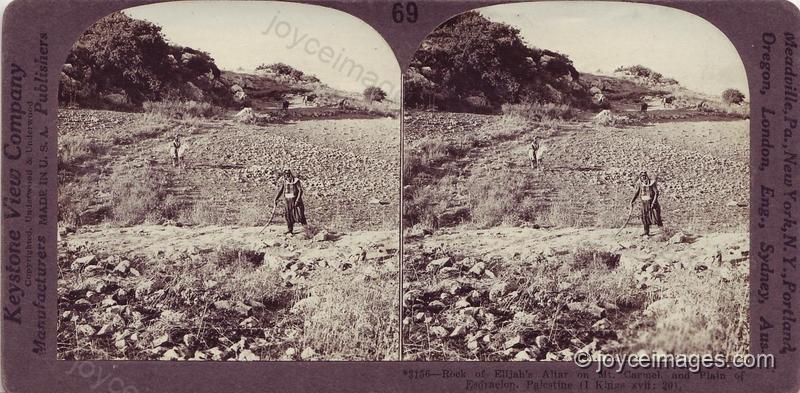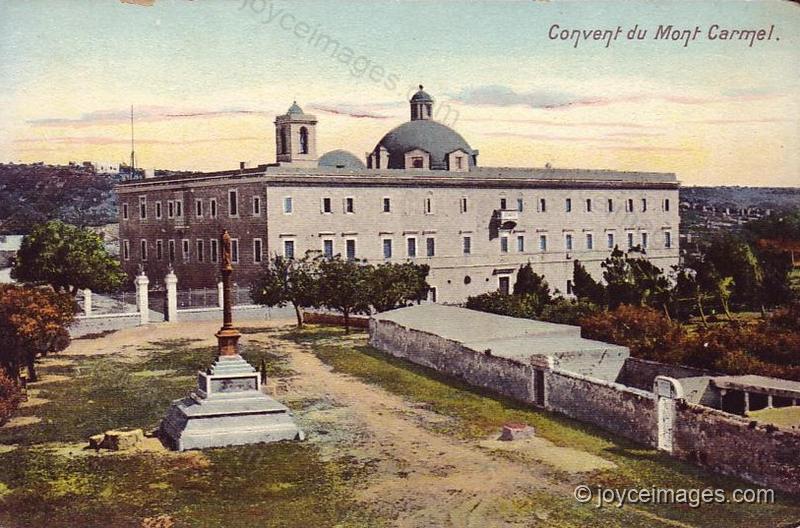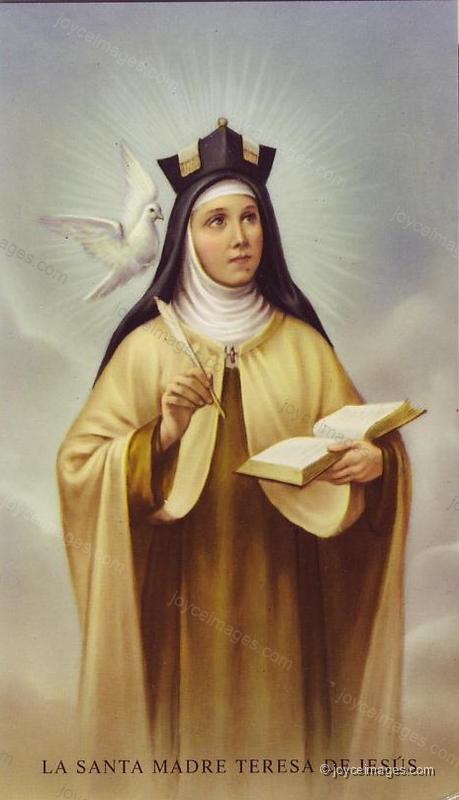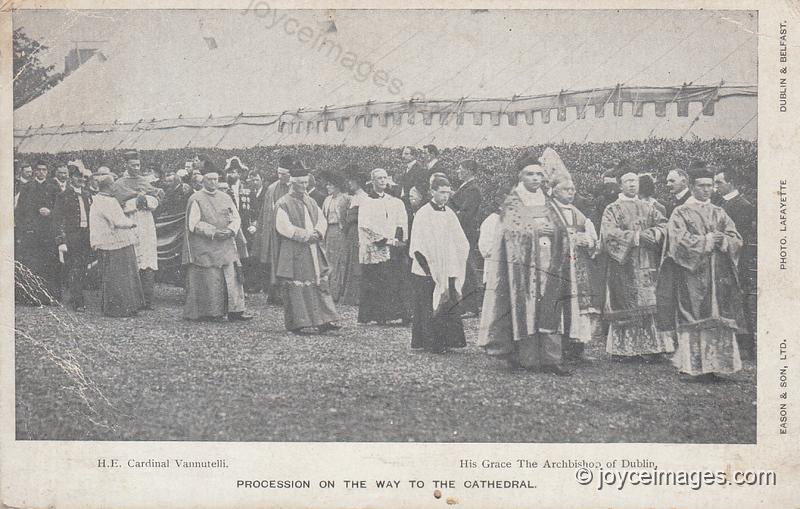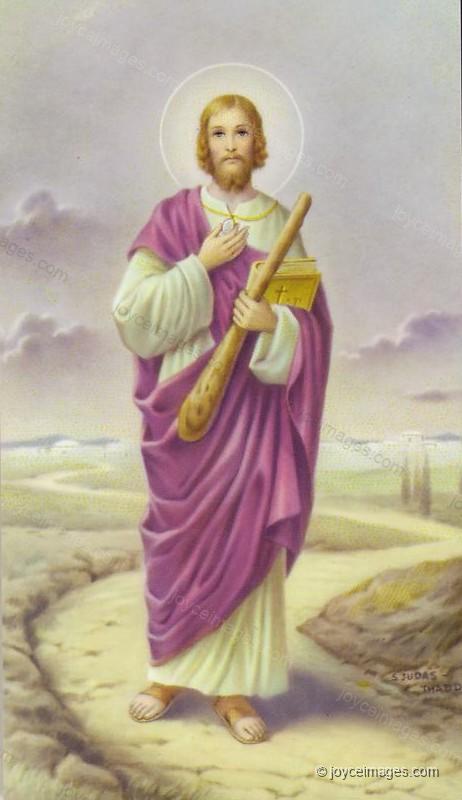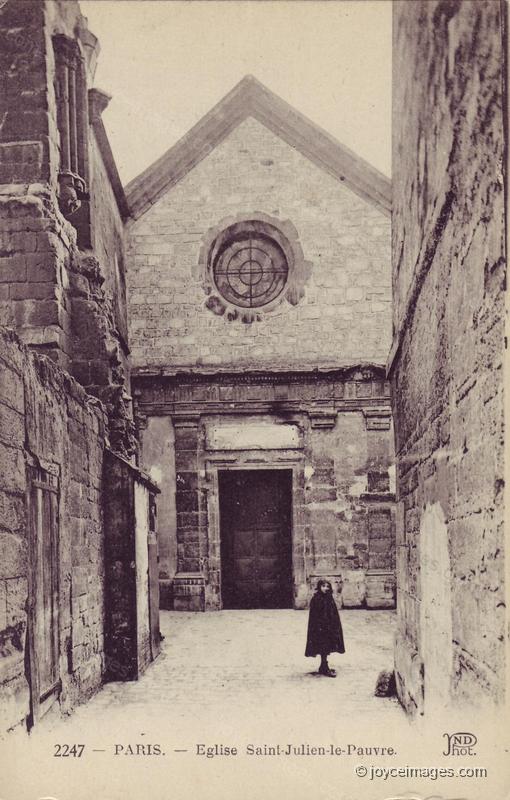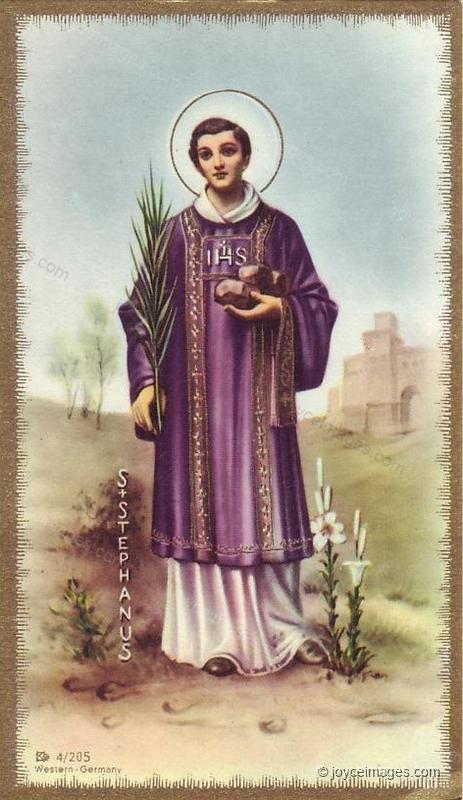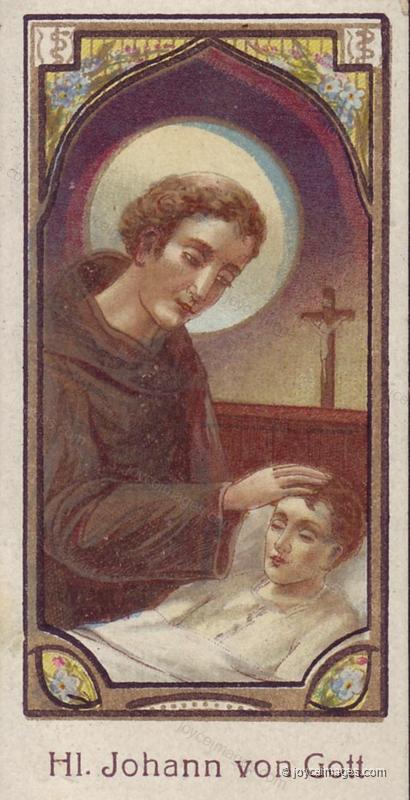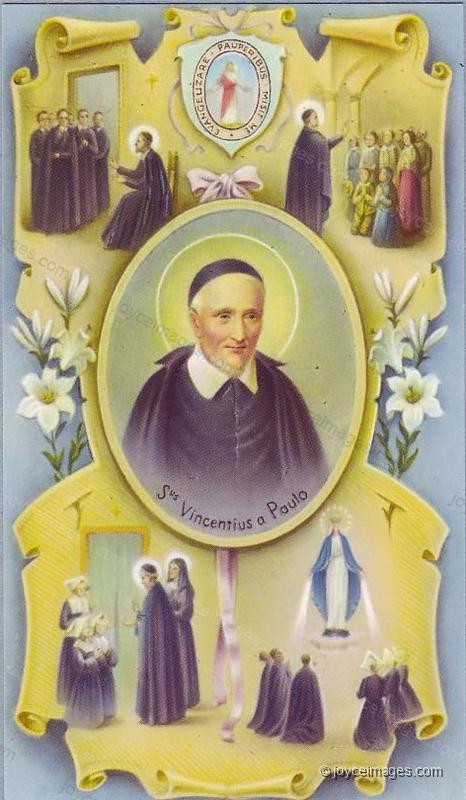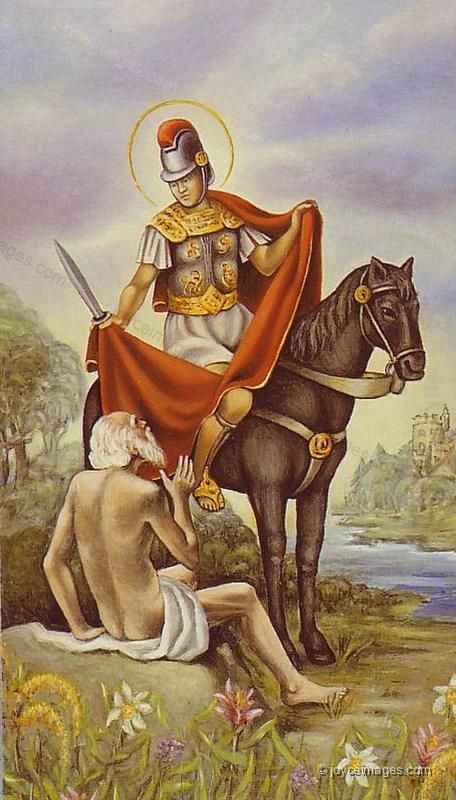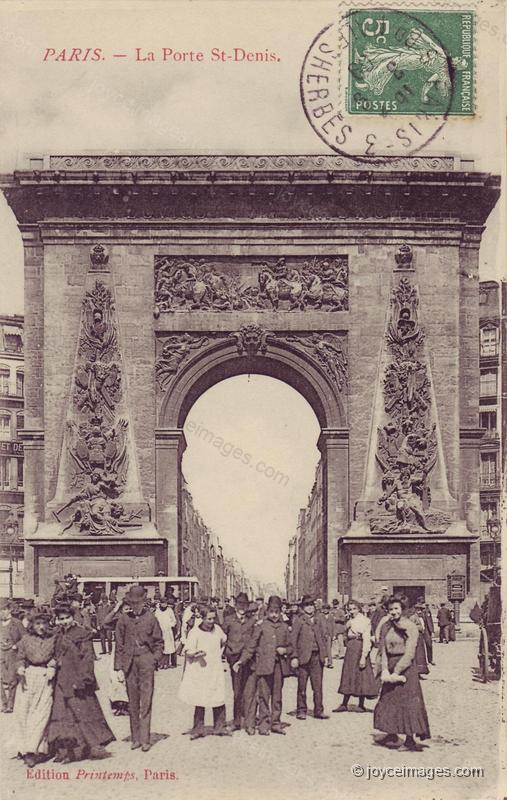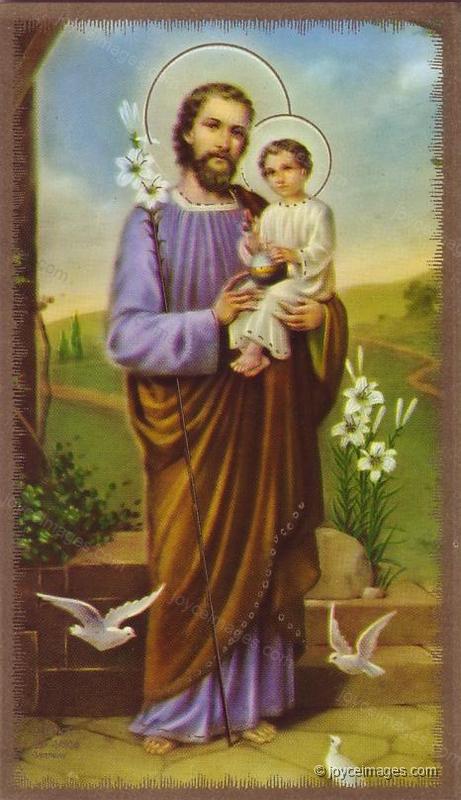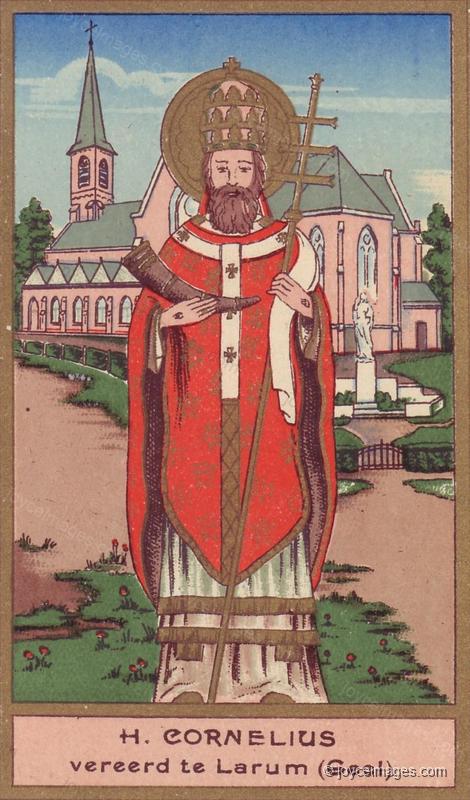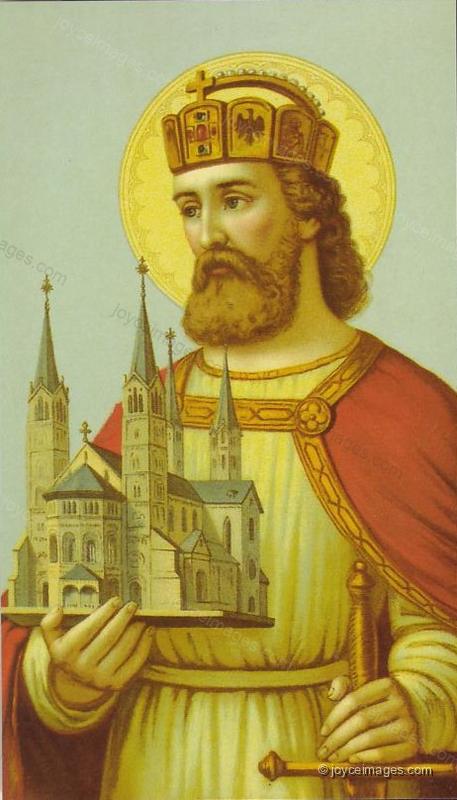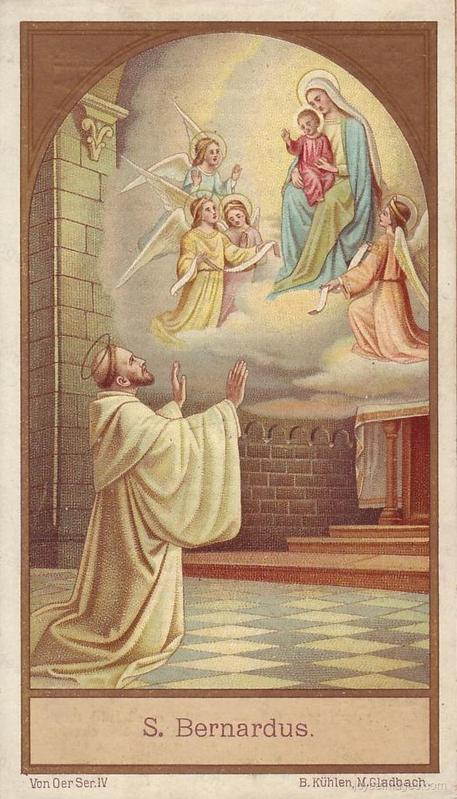"and therewith from Carmel mount" (U12.1682)
Mount Carmel (from the Hebrew 'Karem El' = vineyards of God) is a coastal mountain range in then Palestine (now Israel) overlooking the Mediterranean Sea. It is mentioned in the Bible and is considered a holy site. On it occurred the miracles attending the competition between Baal and the Israelite God YHWH, after which the priests of Baal were put to death by the order of the prophet Elijah (1Kings 18).
Mount Carmel (from the Hebrew 'Karem El' = vineyards of God) is a coastal mountain range in then Palestine (now Israel) overlooking the Mediterranean Sea. It is mentioned in the Bible and is considered a holy site. On it occurred the miracles attending the competition between Baal and the Israelite God YHWH, after which the priests of Baal were put to death by the order of the prophet Elijah (1Kings 18).
Tradition (undocumented) maintained that a community of Jewish hermits has lived on Mt Carmel ever since the time of Elijah.
"the children of Elijah prophet led by Albert bishop" (U12.1683)
The Carmelite order, a major Catholic order, was founded on Mt Carmel in the 12c. Prefixed to the 1281 Carmelite Constitution was this statement: "From the times when the prophet Elias (Elijah) and Eliseus dwelt devoutly on Mt Carmel, holy fathers both of the old and new Testament lived praiseworthy lives in holy penitence by the fountain of Elias in a holy succession uninterruptedly maintained."
The Carmelite order, a major Catholic order, was founded on Mt Carmel in the 12c. Prefixed to the 1281 Carmelite Constitution was this statement: "From the times when the prophet Elias (Elijah) and Eliseus dwelt devoutly on Mt Carmel, holy fathers both of the old and new Testament lived praiseworthy lives in holy penitence by the fountain of Elias in a holy succession uninterruptedly maintained."
"and by Teresa of Avila, calced and other: and friars, brown and grey, sons of poor Francis, capuchins, cordeliers, minimes and observants and the daughters of Clara" (U12.1683)
Calced = wearing shoes, discalced = barefoot. There are two branches of the Carmelites: the Ancient Observance (O. Carm.), and the reformed Discalced (O.C.D.) founded by S. Teresa of Avila. S. Teresa of Avila (1515 - 1582) was of Spanish nobility. At age 17, she entered a Carmelite house against her father's will (he later relented). In 1538, she started having attacks of catalepsy, in 1555 visions, and in 1558 raptures. She was examined by Dominicans and Jesuits who pronounced the visions holy and true. Finding the convent too lax, she started a new order, the Discalced Carmelites, with stricter rules for the nuns. She thus founded the convent of S. John of Avila (1562), and other reformed houses throughout Spain. She wrote an account of her life, and is a Doctor of the Church. Her relics are preserved at Alba de Torres. Represented as a Carmelite nun, holding a pierced heart, book, crucifix, or quill, or receiving a message from a dove. Feast October 15.
Calced = wearing shoes, discalced = barefoot. There are two branches of the Carmelites: the Ancient Observance (O. Carm.), and the reformed Discalced (O.C.D.) founded by S. Teresa of Avila. S. Teresa of Avila (1515 - 1582) was of Spanish nobility. At age 17, she entered a Carmelite house against her father's will (he later relented). In 1538, she started having attacks of catalepsy, in 1555 visions, and in 1558 raptures. She was examined by Dominicans and Jesuits who pronounced the visions holy and true. Finding the convent too lax, she started a new order, the Discalced Carmelites, with stricter rules for the nuns. She thus founded the convent of S. John of Avila (1562), and other reformed houses throughout Spain. She wrote an account of her life, and is a Doctor of the Church. Her relics are preserved at Alba de Torres. Represented as a Carmelite nun, holding a pierced heart, book, crucifix, or quill, or receiving a message from a dove. Feast October 15.
"and the sons of Dominic, the friars preachers, and the sons of Vincent: and the monks of S. Wolstan: and Ignatius his children: and the confraternity of the christian brothers led by the reverend brother Edmund Ignatius Rice. And after came all saints and martyrs, virgins and confessors:" (U12.1686)
"and S. Felix de Cantalice and S. Simon Stylites and S. Stephen Protomartyr" (U12.1691)
S. Stephen (1st c.) was the first Christian Martyr. The Acts of the Apostles relate that, while preaching the Gospel in the streets, he was stoned for blasphemy by an angry mob (ca. AD 33). On the side of the mob was a man who would later be known as S. Paul. Represented as a deacon carrying rocks, often with the palm of martyrdom. Feast Dec 26.
S. Stephen (1st c.) was the first Christian Martyr. The Acts of the Apostles relate that, while preaching the Gospel in the streets, he was stoned for blasphemy by an angry mob (ca. AD 33). On the side of the mob was a man who would later be known as S. Paul. Represented as a deacon carrying rocks, often with the palm of martyrdom. Feast Dec 26.
"and S. Ferreol and S. Leugarde and S. Theodotus and S. Vulmar and S. Richard and S. Vincent de Paul" (U12.1693)
S. Vincent (1581 - 1660) was born to a French peasant family. A highly intelligent youth, Vincent was educated by the Franciscan friars. He began divinity studies at the U of Toulouse at 15, and was ordained at age 20. Taken captive by Turkish pirates to Tunis, and sold into slavery, he was freed in 1607 when he converted one of his owners to Christianity. Returning to France, he served as parish priest near Paris, and as chaplain at the court of Henry IV. He instituted the Congregation of Priests of the Mission (Lazarists), and with Louise de Marillac founded the Congregation of the Daughters of Charity. He started organizations to help the poor, nursed the sick, found jobs for the unemployed, etc. and cared for the enslaved, the abandoned, the ignored, the pariahs. Represented as a 16c. cleric doing some kind of charitable work. Feast 27 September.
S. Vincent (1581 - 1660) was born to a French peasant family. A highly intelligent youth, Vincent was educated by the Franciscan friars. He began divinity studies at the U of Toulouse at 15, and was ordained at age 20. Taken captive by Turkish pirates to Tunis, and sold into slavery, he was freed in 1607 when he converted one of his owners to Christianity. Returning to France, he served as parish priest near Paris, and as chaplain at the court of Henry IV. He instituted the Congregation of Priests of the Mission (Lazarists), and with Louise de Marillac founded the Congregation of the Daughters of Charity. He started organizations to help the poor, nursed the sick, found jobs for the unemployed, etc. and cared for the enslaved, the abandoned, the ignored, the pariahs. Represented as a 16c. cleric doing some kind of charitable work. Feast 27 September.
"S. Martin of Todi and S. Martin of Tours" (U12.1694)
S. Martin de Tours (ca. 316-397) was born in Hungary to pagan parents, and raised in Pavia, Italy. His father was a Roman military officer and tribune. Martin discovered Christianity in his early teens. He joined the Roman imperial army at age 15, serving in a ceremonial unit that acted as the emperor's bodyguard, rarely exposed to combat. Cavalry officer, and assigned to garrison duty in Gaul, he met a beggar while on horseback in Amiens (Gaul). Having nothing to give, he cut his heavy officer's cloak in two, and gave half to the beggar. Later he had a vision of Christ wearing the cloak. Representated usually as a Roman soldier with a cloak. Feast November 11. Of note he shares the birthplace, later Szombathely, of Bloom's father Rudolph Virag.
S. Martin de Tours (ca. 316-397) was born in Hungary to pagan parents, and raised in Pavia, Italy. His father was a Roman military officer and tribune. Martin discovered Christianity in his early teens. He joined the Roman imperial army at age 15, serving in a ceremonial unit that acted as the emperor's bodyguard, rarely exposed to combat. Cavalry officer, and assigned to garrison duty in Gaul, he met a beggar while on horseback in Amiens (Gaul). Having nothing to give, he cut his heavy officer's cloak in two, and gave half to the beggar. Later he had a vision of Christ wearing the cloak. Representated usually as a Roman soldier with a cloak. Feast November 11. Of note he shares the birthplace, later Szombathely, of Bloom's father Rudolph Virag.
"and S. Denis" (U12.1694)
S. Denis (3c.) was a missionary to Paris and became its First Bishop. His success roused the ire of local pagans, and he was imprisoned by the Roman governor. He was beheaded c.258 at Montmartre (= mount of martyrs); his corpse was thrown in the Seine, but recovered and buried later that night by his converts. Legends have grown around him, including that his body was seen carrying his severed head some distance from his execution site. S. Genevieve built a basilica over his grave. Represented as a beheaded bishop carrying his severed head, often with a vine growing over his neck. Feast October 9. He is (+ S. Genevieve) a patron saint of Paris. This PC shows la Porte S. Denis, built 1672 at the site of a medieval entrance gate to the city of Paris.
S. Denis (3c.) was a missionary to Paris and became its First Bishop. His success roused the ire of local pagans, and he was imprisoned by the Roman governor. He was beheaded c.258 at Montmartre (= mount of martyrs); his corpse was thrown in the Seine, but recovered and buried later that night by his converts. Legends have grown around him, including that his body was seen carrying his severed head some distance from his execution site. S. Genevieve built a basilica over his grave. Represented as a beheaded bishop carrying his severed head, often with a vine growing over his neck. Feast October 9. He is (+ S. Genevieve) a patron saint of Paris. This PC shows la Porte S. Denis, built 1672 at the site of a medieval entrance gate to the city of Paris.
"and S. Alfred and S. Joseph" (U12.1695)
S. Joseph aka Joseph the Betrothed, or the Worker, was a descendant of the house of David. A carpenter, he was the earthly spouse of the Blessed Virgin Mary and helped raise the child Jesus. He is represented carrying the infant Jesus, and often with lilies or carpenter tools. Feast March 19 or May 1.
S. Joseph aka Joseph the Betrothed, or the Worker, was a descendant of the house of David. A carpenter, he was the earthly spouse of the Blessed Virgin Mary and helped raise the child Jesus. He is represented carrying the infant Jesus, and often with lilies or carpenter tools. Feast March 19 or May 1.
"and S. Leopold" (U12.1695)
S. Leopold (1073 - 1136) was of Austrian nobility. At age 23 he succeeded his father as margrave (military governor) of Austria. He married Agnes, the widowed daughter of Emperor Henry IV. She brought two children into the marriage, and they had eighteen of their own, eleven of whom survived. He founded Benedictine, Cistercian, and Augustinian houses in 1106, and others later; some still exist in Heiligenkreuz, Klosterneuburg, and Mariazell. He defeated the Hungarians to defend his homeland. He refused the throne of the Holy Roman Emperor in 1125. He was active in support of the First Crusade. Represented as an armed man with a cross on his coronet, a banner with three eagles, and a model of the church of Heiligenkreuz in his hand; man hunting with his courtiers, and finding his wife's veil near the monastery of Klosterneuburg; with his building Klosterneuburg. Feast November 15.
S. Leopold (1073 - 1136) was of Austrian nobility. At age 23 he succeeded his father as margrave (military governor) of Austria. He married Agnes, the widowed daughter of Emperor Henry IV. She brought two children into the marriage, and they had eighteen of their own, eleven of whom survived. He founded Benedictine, Cistercian, and Augustinian houses in 1106, and others later; some still exist in Heiligenkreuz, Klosterneuburg, and Mariazell. He defeated the Hungarians to defend his homeland. He refused the throne of the Holy Roman Emperor in 1125. He was active in support of the First Crusade. Represented as an armed man with a cross on his coronet, a banner with three eagles, and a model of the church of Heiligenkreuz in his hand; man hunting with his courtiers, and finding his wife's veil near the monastery of Klosterneuburg; with his building Klosterneuburg. Feast November 15.
